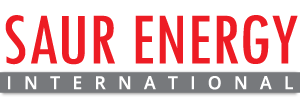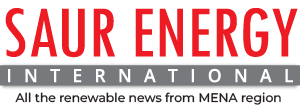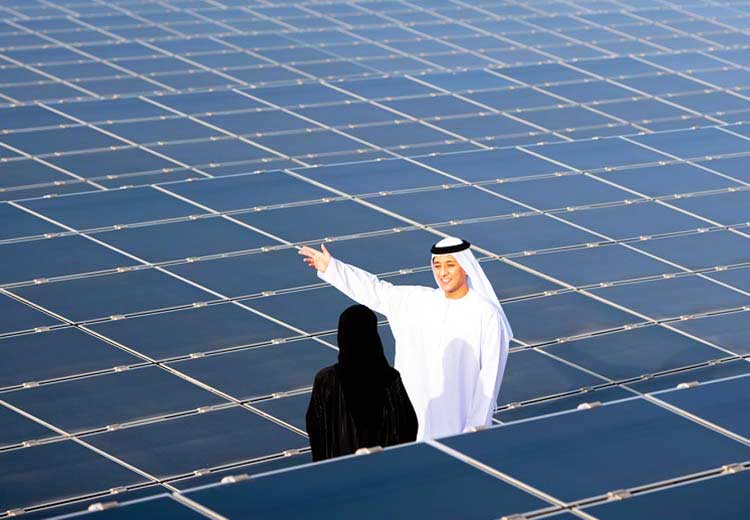Chinese investments are driving a transformation in the Middle East’s solar energy sector, signalling a substantial shift towards renewable energy. Major Chinese companies are collaborating with Middle Eastern nations to develop solar power infrastructure and manufacturing capabilities, which could significantly influence the region’s energy landscape.
A string of announcements in just the past 30 days underscores how much the market is seen as a bet on the future by Chinese majors. For Chinese firms, the market offers strong demand, decent margins and a low to no tariff regimes that allows them to use their competitive advantage to the hilt. Where countries have favoured local manufacturing, Chinese firms have been quick to adapt, seeing this also as an opportunity to export from here to markets where made in China products are not as welcome anymore.
A notable example is PowerChina’s recent agreement with the United Arab Emirates (UAE) to develop a 2 GW solar park, valued at around $2.5 billion. This project aims to help the UAE achieve its target of increasing renewable energy capacity to 50% by 2050, aligning with the country’s national energy strategy. Such a large-scale initiative could set a precedent for future renewable energy projects in the region and reinforce the UAE’s position as a leader in sustainable energy development.
In Oman, Drinda New Energy Investments, a branch of China’s Drinda Energy, is channeling approximately $1 billion into the local solar manufacturing sector. This investment will focus on producing high-efficiency solar panels with an efficiency rate exceeding 20%. This development supports Oman’s objective to obtain 30% of its electricity from renewable sources by 2030, potentially enhancing the country’s energy security and reducing reliance on fossil fuels.
And of course, the biggest one. Saudi Arabia is also making significant strides in solar energy. The Kingdom’s Public Investment Fund (PIF) has allocated about $1.8 billion to form partnerships with Chinese solar manufacturers, including Jinko Solar. These collaborations will establish new production facilities with a capacity to produce 5 GW of solar panels annually. This initiative is in line with Saudi Arabia’s Vision 2030, which aims to generate 50% of its energy from renewable sources by 2030. The establishment of such facilities could stimulate local economic growth and support Saudi Arabia’s transition to a more diversified energy portfolio. Eventual investments and worth of these partnership could be as high as $30 billion, if all goes to plan.


